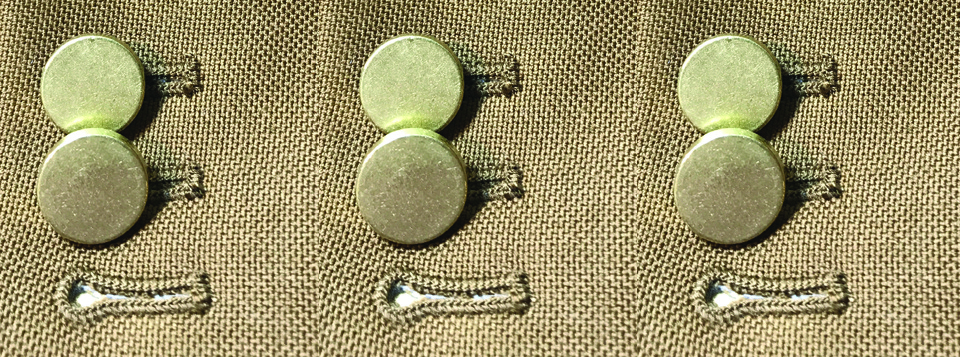Blazers: The Price of Short Arms
While it would be amazing if we could all afford made-to-measure or bespoke suit jackets, that is just not realistic. This is a guide for what to look for while shopping for a blazer with alterations in mind. If you’ll inevitably need the sleeves shortened, please pay attention to the button placket, more specifically, whether or not there are cut buttonholes. This is key.
The sleeves of blazers and jackets can be sewn a TON of different ways. The construction ranges between super basic and easy for alterations, to complicated or impossible. Depending on the “style” of sleeve finish, the prices will vary for shortening. Here are five styles with pricing for hemming. And we can’t stress enough, if you have short arms, you will want to focus on finding blazers without functional buttonholes.
5 Styles of Blazer Sleeves with prices for shortening:
1. Standard Jacket
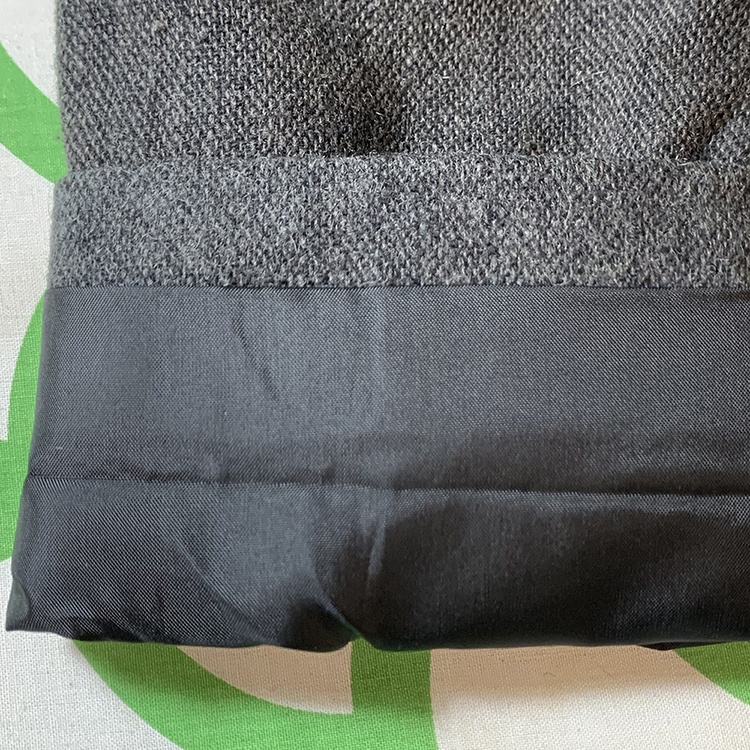
2. Standard Jacket with Buttons
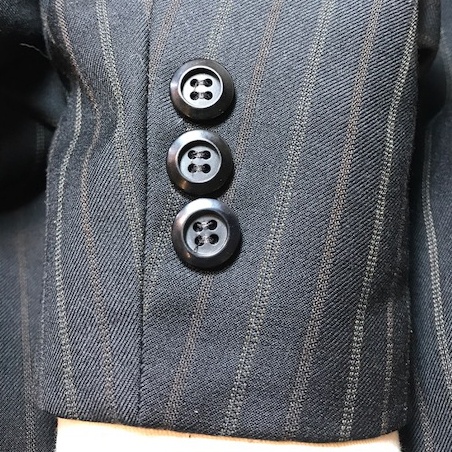
3. Vented with Buttons, no Buttonholes

4. Vented with Buttons and Fake Buttonholes
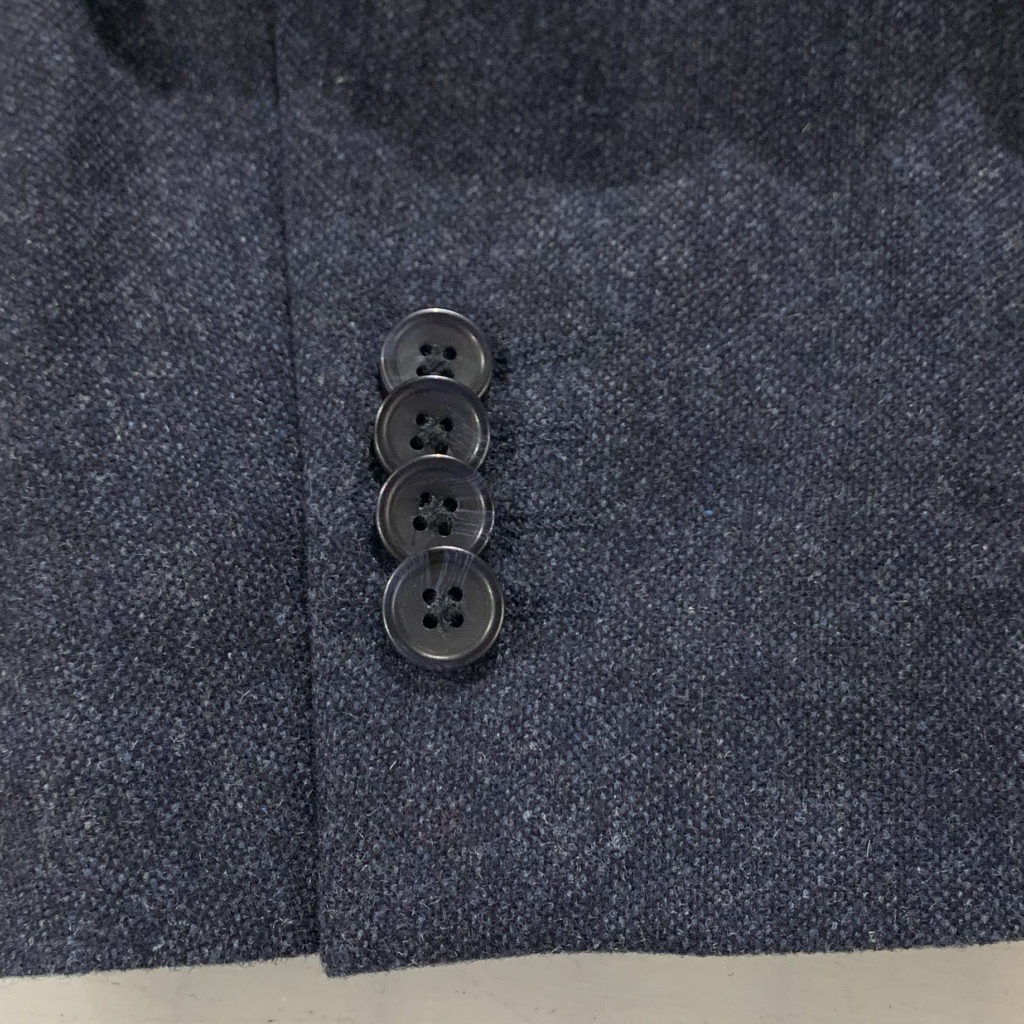
This style is fairly standard. The buttonhole threading is stitched, but lucky for you the holes are not cut. To shorten this style of sleeve, we do have to seam rip out the buttonhole threading, which adds time to the alteration. And after shortening, we recreate the faux buttonholes and sew the buttons back on, mimicking the original design. Depending on how much the sleeves need to be shortened, there may be ghost buttonhole outlines left from the indentation of the original stitching, which normally lesson with dry cleaning. This sleeve style is a little spendy to shorten, but 100% doable and looks great in the end.
5. Vented with Buttons and Functioning Buttonholes
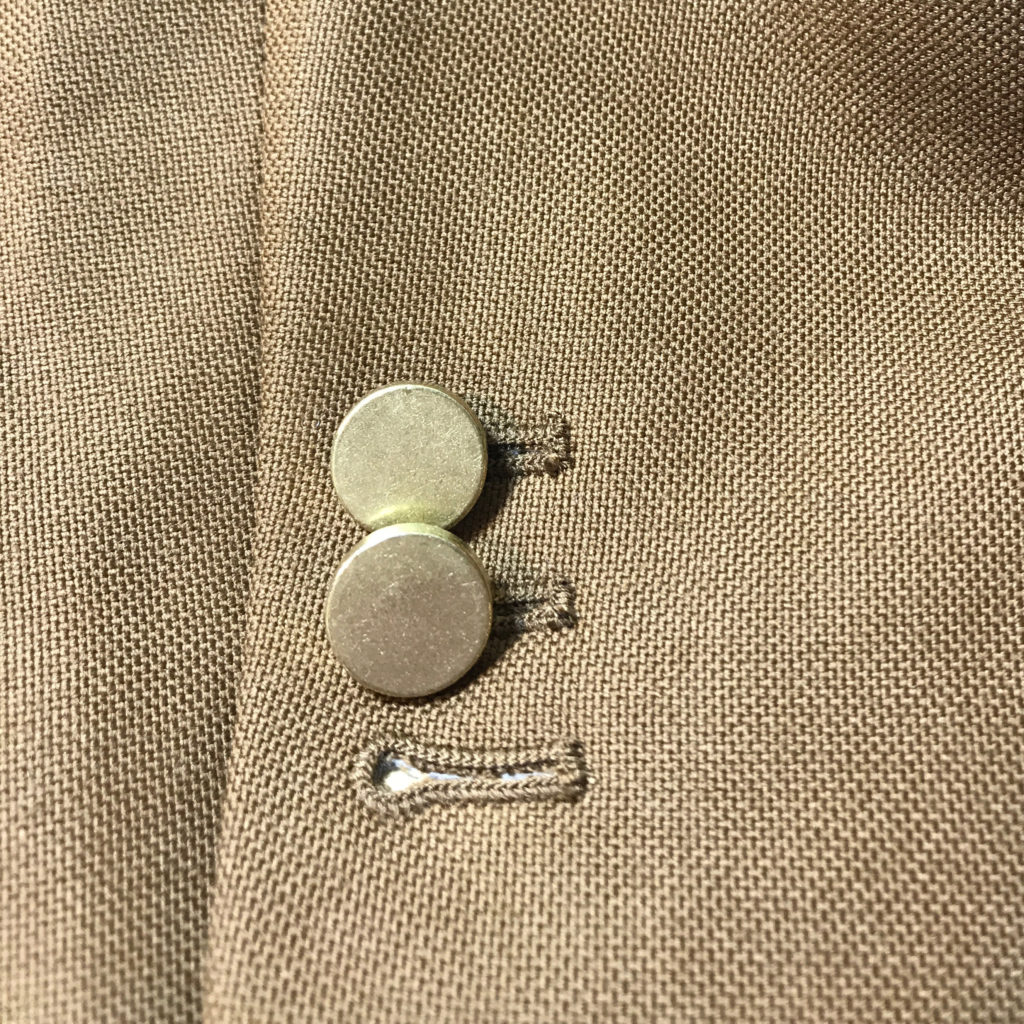
When designers make the sleeves this way, it’s the most frustrating for us. And if you have short arms, it might leave you shit out of luck. The issue with this construction is that the buttonholes have been cut. So yes, they function (sarcastic “yay”), but there are actual holes in the fabric. Unless you really want to roll up the sleeve on your blazer, you do not EVER need to unbutton these. They seem fancier but are unnecessary for off the rack blazers.
What does this mean for tailoring? For starters, we would unstitch the button holes, and then darn them shut. This doesn’t look that great especially if the buttonholes were keyhole shape. These darned holes can, and probably will end up in strange places. Let’s say you need your sleeves hemmed 2”. But there is a buttonhole exactly 2” up from the current hem. So, your sleeve would end up with a darned old buttonhole at the new folded edge. And let’s be honest, this is generally best-case scenario. What’s more likely is that there will be darned old buttonholes in more obvious places along the placket which will look messy.
Generally, for shortening sleeves with cut buttonholes, we have to say “no”. We take pride in our work, and the above just doesn’t look good and is time consuming on our end. We don’t want to charge you an arm and a leg for something that in the end kind of looks like shit. The only time this can be done with a positive result is if the sleeves only needs to be hemmed ½” or less. With the tiny hem amount we avoid the buttons all together. The sewing has to be done by hand so it’s still an $80 alteration.
There are 3 work arounds that sometimes work with cut buttonholes:
1. If the sleeves need to be shorted so much that the new hem clears the button placket – $45-80
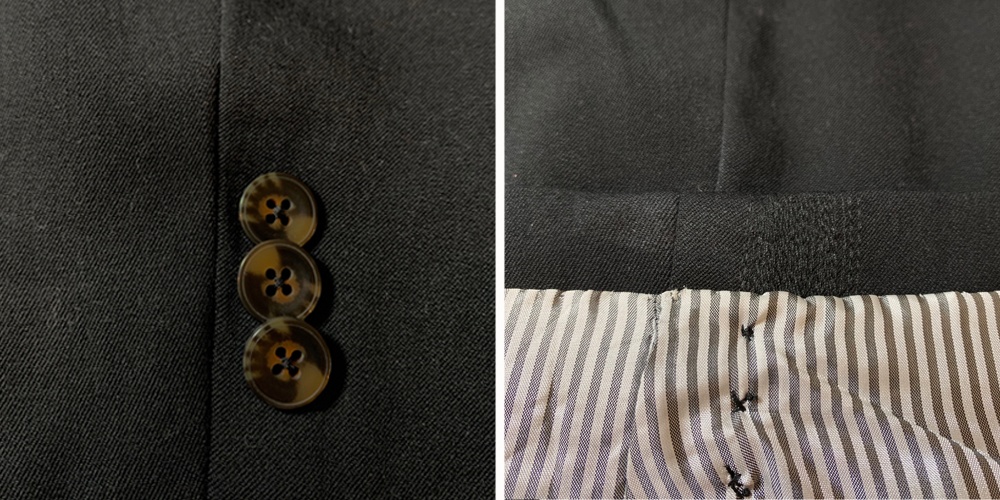 Original button holes are darned under the new hem fold
Original button holes are darned under the new hem fold
If you have corgi length arms OR want three quarter length sleeves, we can hem your sleeves above the buttonholes, converting it to the basic sleeve hem and completely avoiding all that nonsense. However, this means the sleeve needs to be hemmed high enough to clear the button placket which could be a 4” – 6”. At that point we can either replace the buttons or leave those off.
2. Add a horizontal seam above the button placket to create a cuff – $45
For this option we create a seam in the sleeve that didn’t exist before. We do this more for outwear jackets and women’s blazers with scalloped finishes. If there is a print or plaid on the fabric, the new seam would be better concealed. Similarly, if there are a lot of other seams throughout the sleeves, adding one more is inconspicuous and would add to the style lines. But we wouldn’t recommend this for your Brooks Brothers’ blazer.
3. Using the excess fabric being cut off, to create a “placket” concealing the cut holes that we would then replace the buttons upon. [photo] – $120
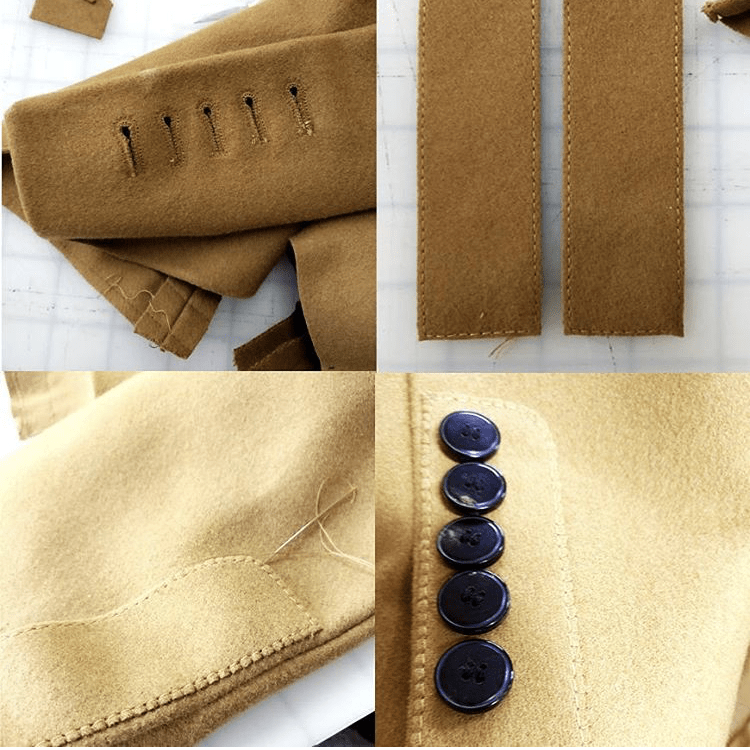
This is more of a “couture” alteration with more design work and creativity. Using the excess fabric from the hem of the sleeve, we create an applique that is placed over the cut button holes. This covers up any unsightly holes with the same exact fabric. As a raised placket, it looks nice but can also get bulky depending on the thickness of the jacket. We can also play around with the shape of the appliqued placket, squaring off edges or creating curves.
To sum things up: if you have short arms, just keep to the moto of fuck functional buttonholes.


